Milan’s cinematic style

Roula Khalaf, Editor of the FT, selects her favourite stories in this weekly newsletter.
This article is part of a guide to Milan from FT Globetrotter
Many world cities end up on screen due to little more than a tax break and a set of famous landmarks with which to backdrop a car chase. Milan brings rather more to a film. The powerhouse of northern Italy has been a vital character itself in a string of wonderful movies — forever bound up with industry, aristocracy, fashion, capitalism and the complex blessing of postwar progress.
While much of the most famous Milanese cinema was a product of the white-hot 1960s, the aftershock has rippled on. In the 21st century, filmmakers remain seduced by its dazzling surfaces — and, perhaps, the touch of ambivalence that comes with them. So what follows are the films I feel best capture the true Milan: the city that always said so much about modern life.
I Am Love (Luca Guadagnino, 2009)
Where to watch: BFI Player
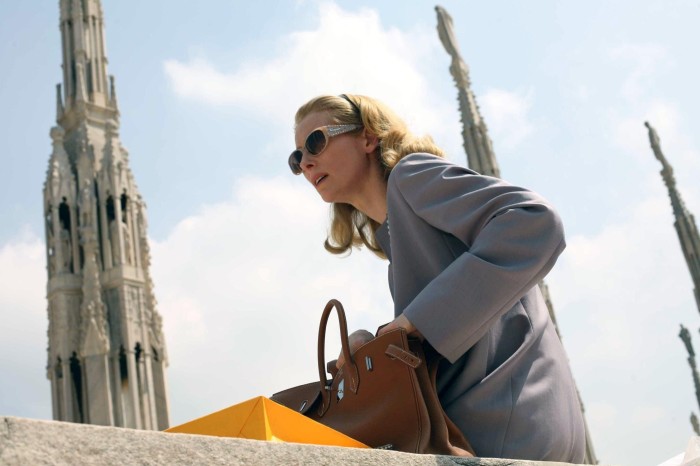
Prominent Italian families sometimes bristle when their likenesses end up on movie screens. (We will get to the House of Gucci in time.) Not so Piero Castellini Baldissera, the noted architect descended from Milan nobility. In the course of I Am Love, director Luca Guadagnino’s sumptuous group portrait, Castellini Baldissera happily appears on screen to offer a toast to a clan said to be inspired by his own. A wintry Milanese light soon falls over matters of art, business, sex, money, and most memorably, food. (Fabled Milan restaurant Cracco is another thinly veiled presence.) Tilda Swinton leads the ensemble, backdropped by the glass and marble splendour of the Villa Necchi Campiglio, restored before production by Castellina Baldissera himself. Yet stunning as it looks, Guadagnino gives the place just a hint of prison. A glorious history, the movie says, is hard to break free from.
Miracle in Milan (Vittorio De Sica, 1951)
Where to watch: Mubi and Amazon Prime
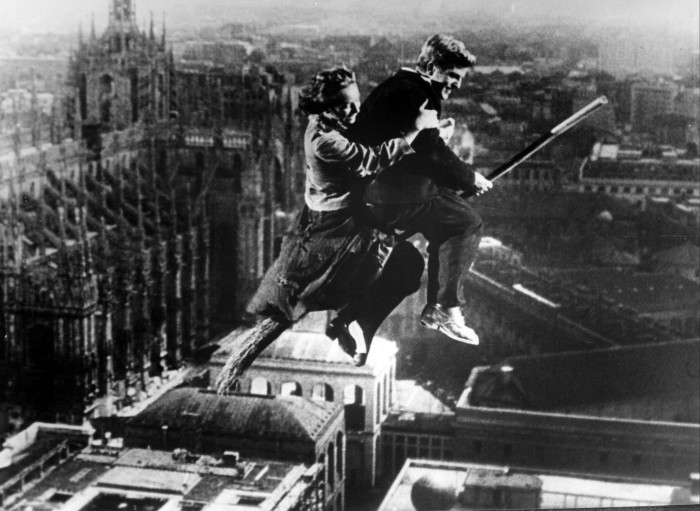
The great director Vittorio De Sica will always be synonymous with Rome, location of his stark masterwork The Bicycle Thieves. But generations of film lovers have also happily accompanied De Sica on the journey he took with his next film: Miracle in Milan, a novelty in both geography and tone, splicing social realism with magical comedy. And yet poor Italian lives remain the heart of the matter, in the tale of an impoverished orphan in a shantytown near Lambrate railway station, where hard knocks and whimsical fantasy entwine, and street sweepers take to the skies on their brooms. The mood is giddy, but De Sica always wants us to remember a bittersweet reality — the different Milans that always exist inside one city.
La Notte (Michelangelo Antonioni, 1961)
Where to watch: BFI Player, The Criterion Channel
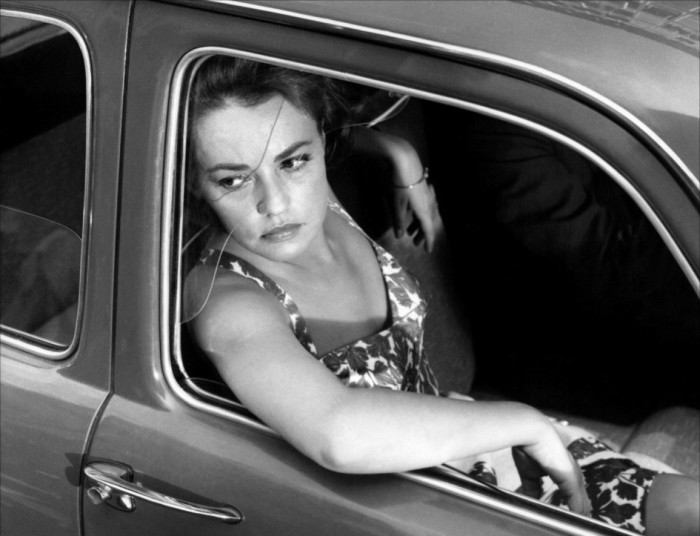
Of all the films that linked Milan on screen with a particular kind of moneyed ennui, the great La Notte did it most sleekly and bleakly. Taking place over a single day and night, Michelangelo Antonioni gives us a panorama of the modernising city from the credits on, the camera descending from a tower of girders and glass over traffic and office blocks. What follows is a deathless study in marital and material boredom, with Jeanne Moreau drifting between champagne book launches and an old Milan already swept to the margins by development, before a climax at a gleaming millionaire party. (The private golf course is real — you can find it just north of the city at the Barlassina Country Club.)
Il Posto (Ermanno Olmi, 1961)
Where to watch: The Criterion Channel
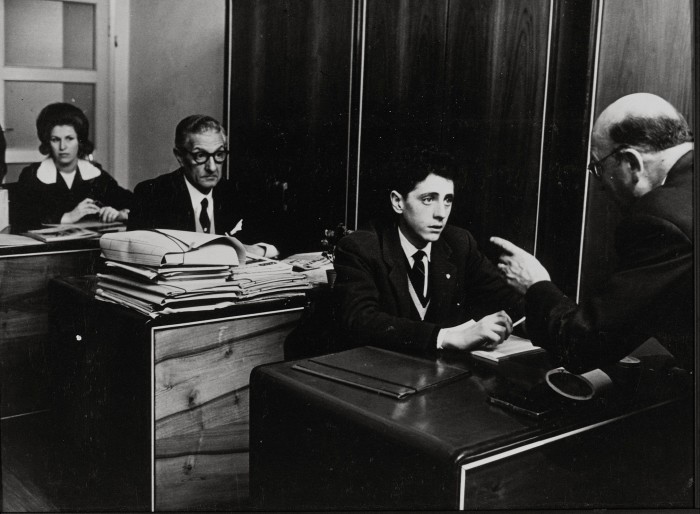
Released the same year as Antonioni’s chilly tour de force La Notte, the brilliant and bittersweet Il Posto eyes the gleaming new Milan from another angle — through a young man who has arrived in the city from small town of Meda. “Milan is the place to find a job,” he is told early on. So begins his attempt to find a foothold in the corporate world. From the sleepy provinces to urban clamour, boyhood to adulthood, the film brims with change. It also came grounded in the real. Director Ermanno Olmi was a life-long Milanese whose film-making career shared a schedule with his day job making corporate documentaries for Milan electric company Edison-Volta.
Rocco and his Brothers (Luchino Visconti, 1960)
Where to watch: BFI Player, The Criterion Channel
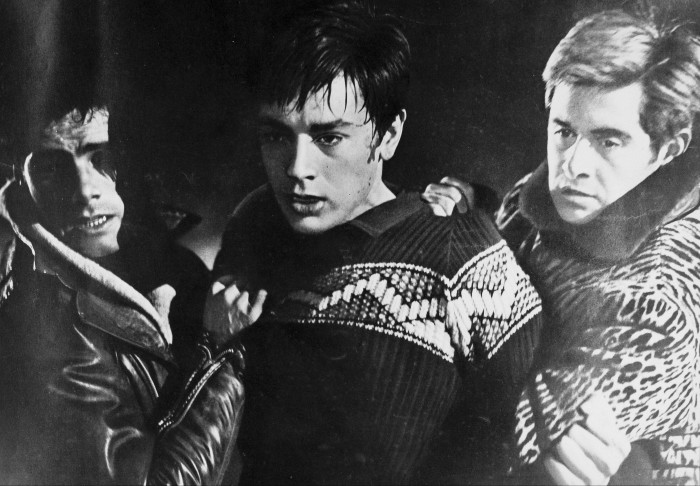
Milan had a difficult relationship with Rocco and His Brothers, a neorealist epic and poisoned Valentine to the home city of director Luchino Visconti. But the Milan of the film was some way from the one Visconti sprang from, the director being an aristocrat who grew up in the splendid Palazzo Visconti di Modrone. His 1960 film, however, was a raw and operatic story of poverty, boxing, sex work and the shadow cast by the divide between the Italian north and south. The unflinching nature of the film was enough for city officials to deny even Visconti permission to film key scenes on location. The film remains a Milanese classic, and vastly influential. (Francis Ford Coppola’s The Godfather is just one of the movies in its debt.)
Theorem (Pier Paolo Pasolini, 1968)
Where to watch: Mubi, BFI Player
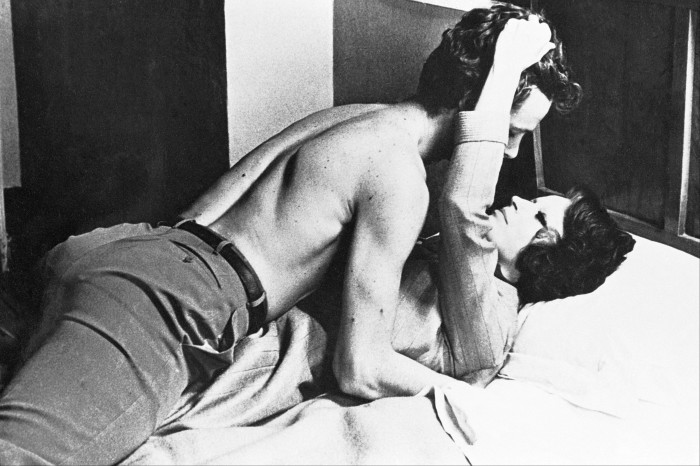
Film-maker and polymath Pier Paolo Pasolini will always be associated with the novels and films he set in Rome, the city where he died in 1975. But he made Milan the stage for one of the most endlessly intriguing moments in all European cinema, Theorem, in which another grand estate becomes an oblique playground for a handsome stranger, the guest of a wealthy family. The lavish palazzo Pasolini filmed in still stands today in the Via Palantino. The mysterious newcomer was played by the English actor Terence Stamp, bringing sexual awakening and spiritual enlightenment to each of his hosts before darker and stranger reinventions unfold.
Story of a Love Affair (Michelangelo Antonioni, 1950)
Where to watch: BFI Player
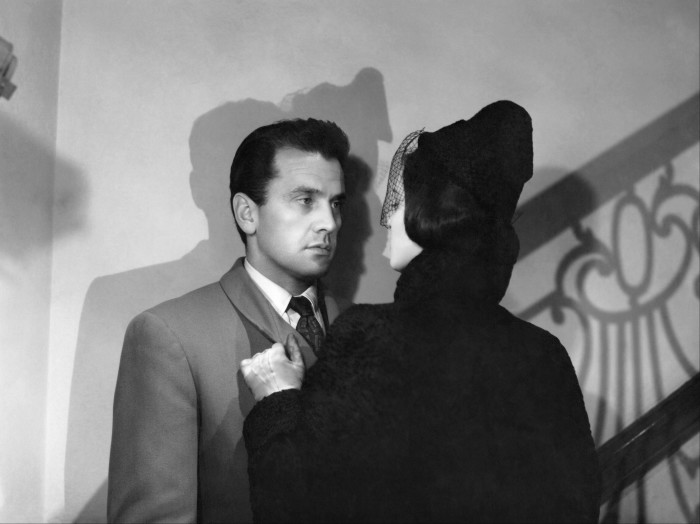
A decade before he made La Notte, Antonioni brought film noir to the artificial lake of Idroscalo. In classic Hollywood style, the story begins with the hiring of a detective agency, its services retained here by a rich industrialist looking into the past of his young wife. She now enjoys a life of white furs and nights at La Scala. But back in her home town of Ferrara — where Antonioni came from too — old secrets wait to be discovered. The result has the crackle of an American thriller, but with a uniquely Milanese flavour.
House of Gucci (Ridley Scott, 2021)
Where to watch: Amazon Prime, Apple TV

How else to conclude a cinematic history so tied up with the wealthy and unhappy than House of Gucci, Ridley Scott’s daffy portrait of the doomed marriage between Maurizio Gucci and Patrizia Reggiani? As in I Am Love, the Villa Necchi Campiglio takes a leading role, although unlike Piero Castellini Baldissera, the Gucci family were said to be deeply irked by the film. As for Milan, who can say? In a story bound up with the city, real settings from the Duomo to the Galleria Vittorio Emanuele II each had their moment on screen. But the climactic murder that closes the drama — which actually took place outside the Gucci offices on Via Palestro — ended up restaged in Rome, Scott deciding the real location wasn’t quite dramatic enough for his movie. Frankly, Milan may have been better off out of it.
What’s your favourite film set in Milan, or have you spotted the city on the big screen? Tell us in the comments below. And follow FT Globetrotter on Instagram at @FTGlobetrotter
Cities with the FT

FT Globetrotter, our insider guides to some of the world’s greatest cities, offers expert advice on eating and drinking, exercise, art and culture — and much more
Find us in Milan, London, Tokyo, New York, Paris, Rome, Frankfurt, Singapore, Hong Kong, Miami, Toronto, Madrid, Melbourne, Copenhagen and Zürich

Comments